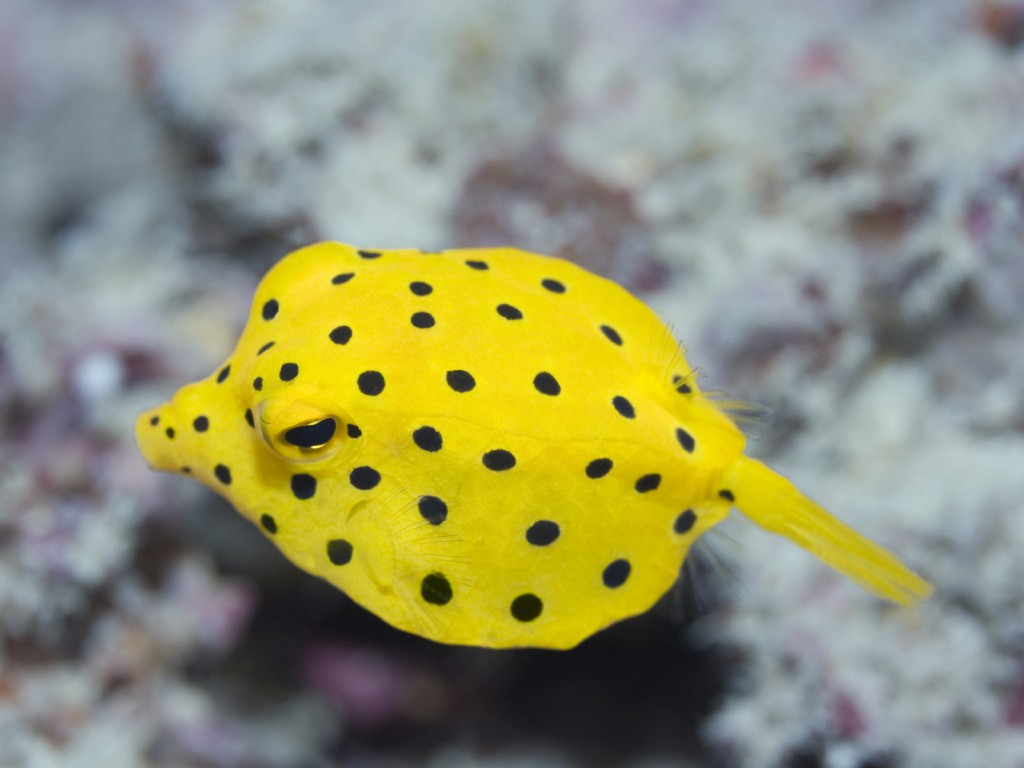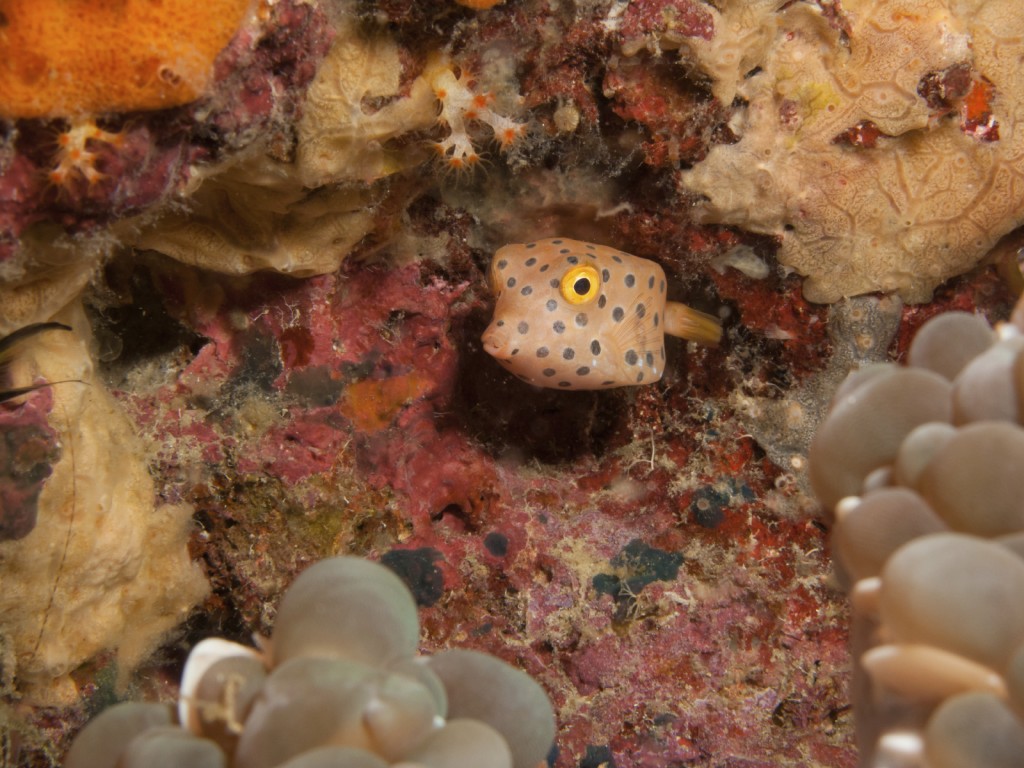How Can A Fish Inspire Body Armour?
In the past, we’ve talked about some pretty strange animals inspiring engineers all over the world; from the cartwheeling spiders to the intriguing seahorses and their amazing tails inspiring the future of our robots, you can’t deny that our planet has some pretty interesting creatures.
This time, we’re going to delve into a story that caught our eyes and had us hooked from the start; can the boxfish help us engineer a more effective type of body armour and what can we learn from them to adapt our electronics and robots even further?
With such an intriguing concept, let’s take a closer look at these impressive fish and what scientists and engineers have learnt from them.
Hexagonal Scales…or Scutes
Unlike a lot of other animals, it has been discovered that the boxfish has an outer shell made from hexagonal scales (or scutes as they are also known) which are connected to each other using a similar method to that of a baby’s head; the bones will fuse together as the baby grows.
This unique suture method uses zig-zag patterns which lock into each other when an impact hits the shell, stopping the shell from breaking apart and protecting the fish.

Every single scute on the fish’s body has a star shaped structure in the middle, distributing any pressure across the entire surface of the scale.
This structure is not something that we have seen before; most structures found in nature are of a triangular nature, rather than hexagonal and the teeth are rigid, thin and long compared to the boxfish’s smaller, wider locking teeth.
Impenetrable Armour?
The research that has been carried our has been part-funded by the U.S Air Force to find out how this tough shell can aid with the design of better body armour solutions to better the protection against impact.
These fish have survived for over 35 milliion years in the ocean, so we know that the design has proved to be very successful. The boxfish has been known to dwell at around 50 to 100 metres under the oceans where it will regularly come across larger, more aggressive predators, so it’s proof that the shell is doing a fantastic job of protecting the fish.
Scientists have even tried to pull apart the armoured shell, both horizontally and vertically to find any weaknesses. All this achieved was a crack in the outer layer of the shell, which allowed the researchers to discover a complex layer of interlocked collagen fibres in the inner layer of the structure for added penetration protection. This added collagen layer is thought to be what keeps the boxfish from falling apart if a predator did manage to penetrate the outer shell.
It’s not completely impenetrable, but it would take quite a lot to take down this sturdy sea creature.
Are We In For A Fishy Future?
The researchers looking into this study are hopeful that by analysing the structure of the boxfish’s shell, we will be able to apply the same principles to a wide variety of applications, including applying them to our electronics to make them more flexible, and looking into how they can be used to create safer body armour.
During the research, engineering principles were used to try and understand the design and find out why the shell was so strong, despite using a different scale pattern than the standard overlapping scales of most other fish.
Once more, the natural world hasn’t failed to amaze us. If it weren’t for the fantastic natural engineering that has been discovered in nature which inspired the engineering of a spring, we might not be one of the leading spring manufacturers today!
Intrigued about how we work here at European Springs Ireland? Simply contact our dedicated team today by calling 028 9083 8605 and we will be more than happy to help you.
